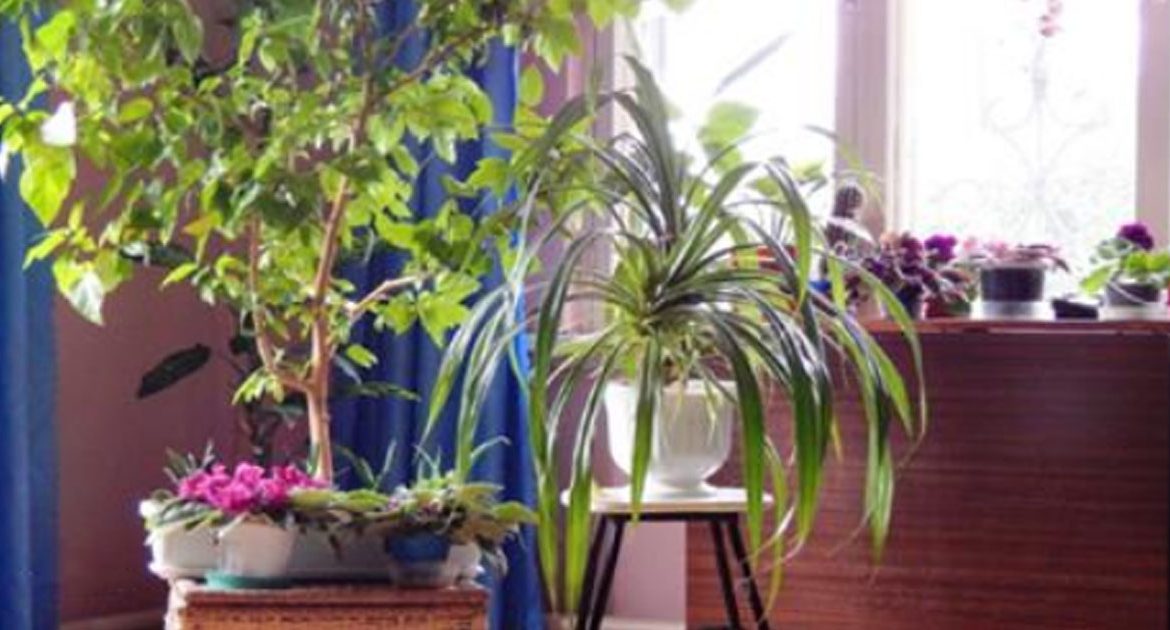It is always great to have flowers in the house! They complement the interior and make the rooms more lively and cozy. A single glance at a houseplant can even fill your heart with some joy.
Most people would be surprised to know that in addition to serving as home decorations and giving us aesthetic pleasure, these incredible plants also have the magical ability to create optimal micro-climates inside the house.
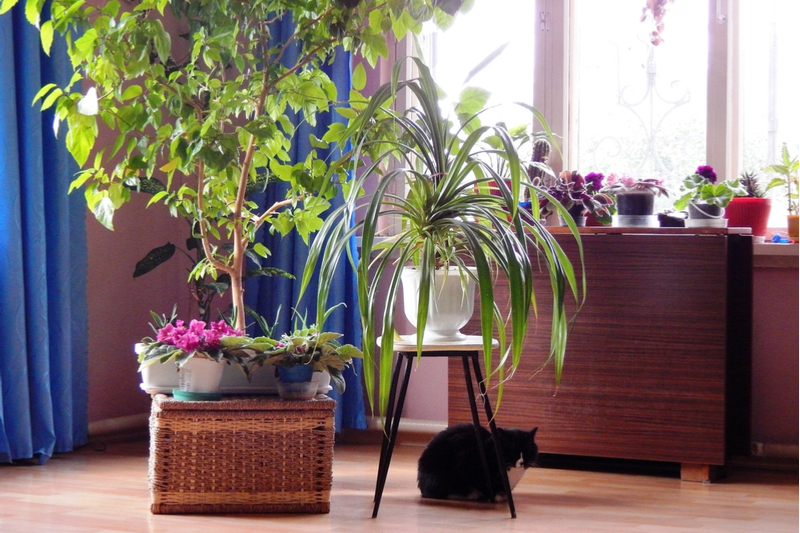
Thanks to their natural peculiarities, plants can regulate humidity, purify the air, and release oxygen. As a result, they create a suitable environment for people’s lives. This is especially important for children and people who suffer from allergies.
In today’s article, we will present 10 incredible plants that will help you improve the micro-climate in your house:
Plants that moisturize the air.
1. Sansevieria
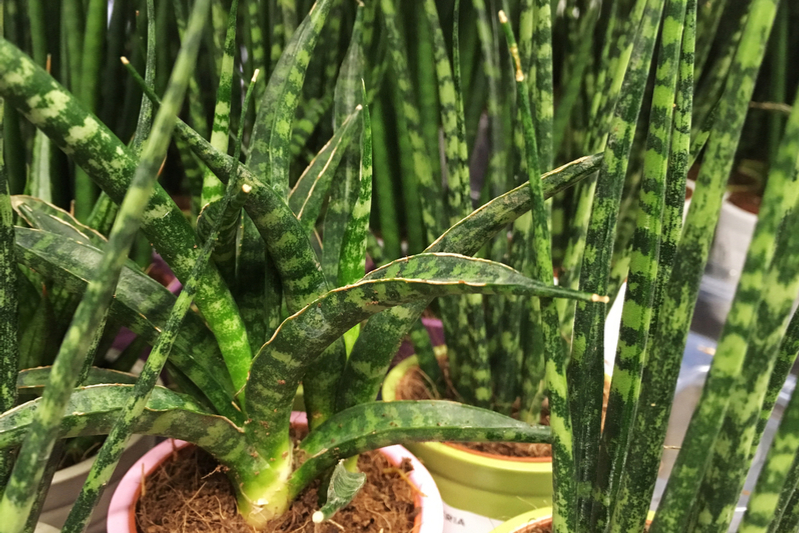
Interestingly, this plant is also known as ‘mother-in-law’s tongue.’ You can come across other names, such as ‘devil’s tongue’, ‘bowstring hemp’, ‘snake plant’, and ‘snake tongue.’
Fortunately, the flower does not take offense at these weird nicknames and continues its most noble mission of absorbing harmful substances from the air and providing a huge amount of oxygen in return.
Besides, the plant has the ability to absorb harmful emissions from various synthetic materials. Sansevieria is very low-maintenance, so it is quite easy to grow in a pot.
2. False Cypress
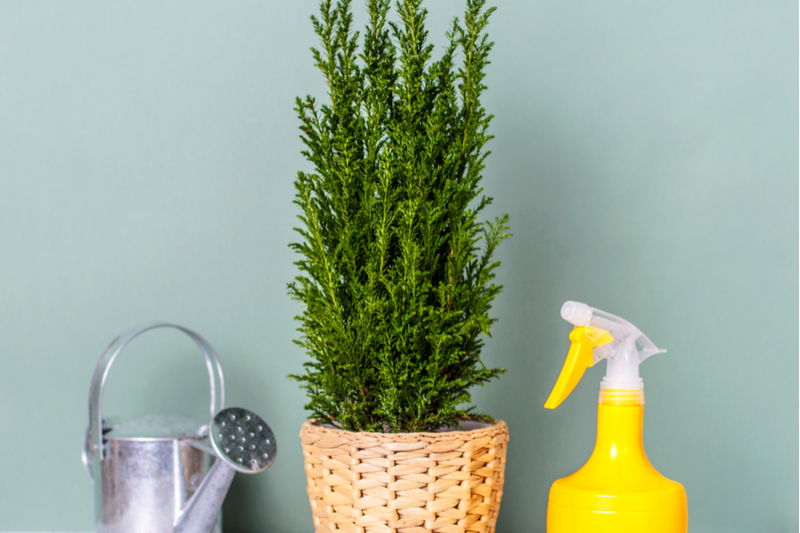
In Japan, this variety of cypress is credited with the mystical ability to save the souls of the dead. But practically speaking, this evergreen plant is of great importance thanks to its remarkable property of refreshing and moisturizing the air, as well as absorbing dust and dirt. It is also believed to help people get rid of headaches and migraines.
3. Cissus
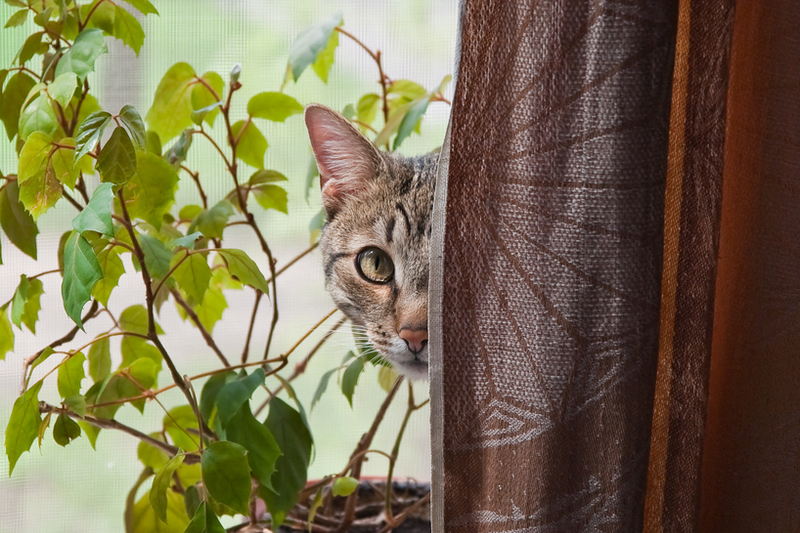
Cissus is another low-maintenance plant that resembles a vine or an ivy plant. In favorable conditions, the plant will grow fast and will cover your walls with a natural green carpet. Thanks to its ability to adapt itself to dry air, the cissus plant normalizes the level of humidity in the room, thus providing a balanced micro-climate in your house!
4. Kalanchoe
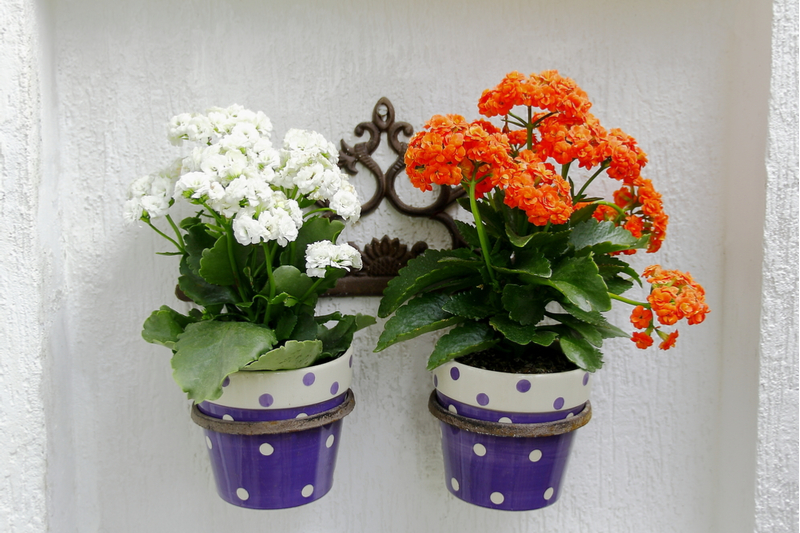
Each plant of this variety is exquisitely beautiful. Because the plant natively grows in Madagascar, it thrives in dry air. The plant has the ability to regulate the micro-climate of dry environments by attracting moisture through the surface of its leaves. Make sure the soil in the pot is not too moist and there is enough sunlight in the room.
5. Ficus
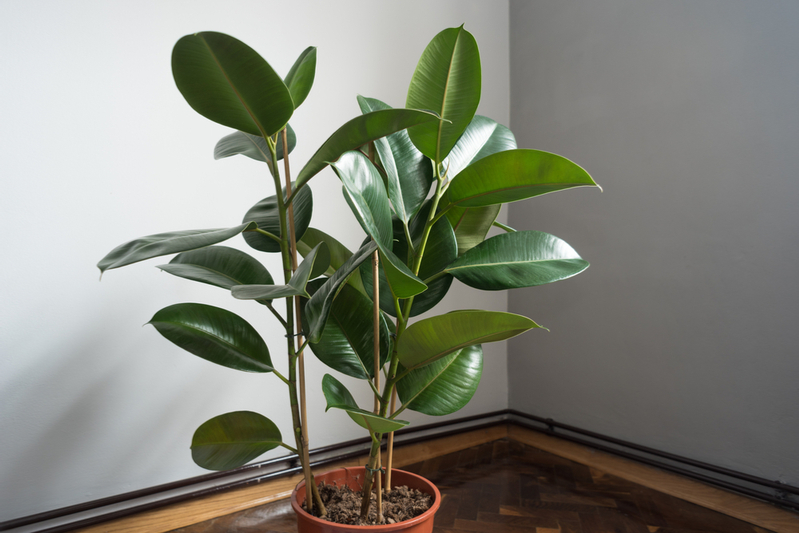
This popular houseplant is known for its ability to attract dirt, as well as to neutralize viruses, bacteria, and toxins floating in the air. In addition, the ficus releases additional moisture and a large amount of oxygen into the surrounding space.
You’d better keep the plant in the shade to help it continue its noble activity. In addition, you shouldn’t leave the plant unwatered for long. In general, the ficus is quite a low-maintenance plant and grows rapidly in favorable conditions.
Plants that absorb excess moisture from the air.
1. Myrtle
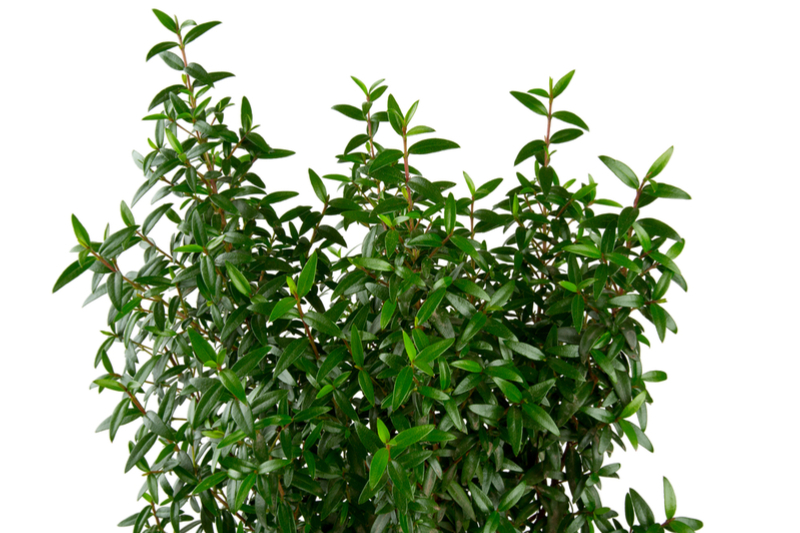
This evergreen plant is especially revered in Japan as a symbol of pleasure, joy, and peace. In ancient folklore, the plant was considered holy and was believed to return the elderly their youth, as well as give energy and strength to passersby and travelers.
Modern studies have shown that it is possible to obtain essential oils from myrtle leaves, which are very effective for treating various diseases. In addition, this plant releases phytoncides that decontaminate the air!
2. Coffee shrubs
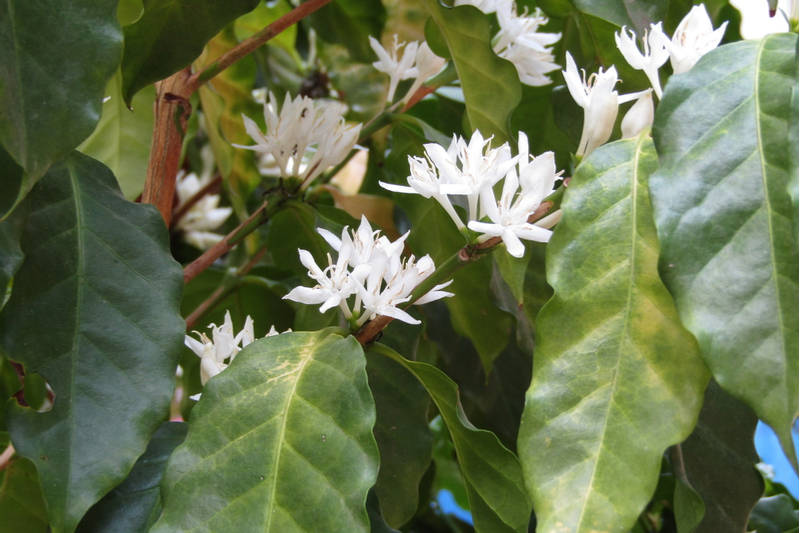
There are about 100 different types of coffee trees or shrubs in the world. Across the globe, the fruits of these plants are associated with the two main flavors of the wonderful drink — Arabica and Robusta coffee. When buying a bean to cultivate, don’t forget that the plant bears fruits only in its 5th or 6th year. If you don’t need the fruits immediately, you can enjoy the greenery and the delicate aroma of the tropical flowers.
At the same time, make sure you water your coffee shrub often and keep it in the shade. This plant is also a wonderful absorber of excess moisture.
3. Spathiphyllum
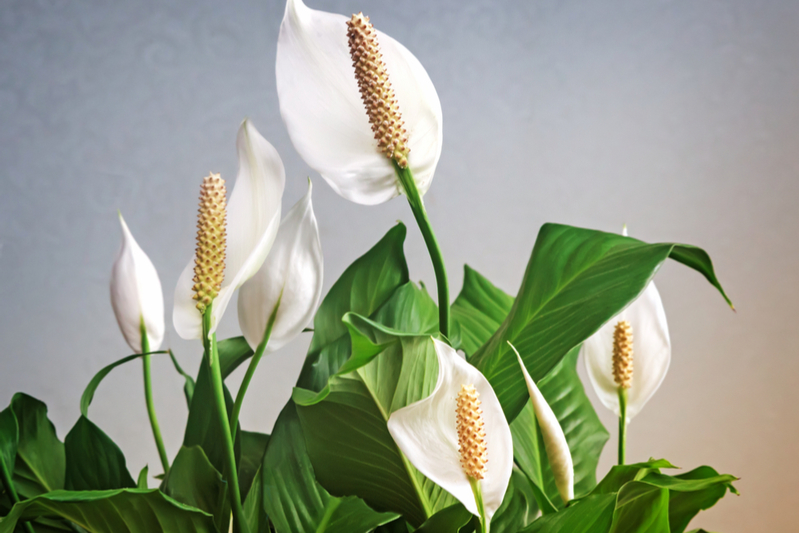
This perennial evergreen plant is also known as “peace lily” and “women’s happiness” due to its delicate white flowers that look like sails. The plant is believed to have the miraculous ability to bring happiness and luck into the house. Meanwhile, the practical properties of these indoor flowers include absorbing excess moisture, normalizing the air temperature, and destroying mold spores that harm the human body.
4. Lemon tree
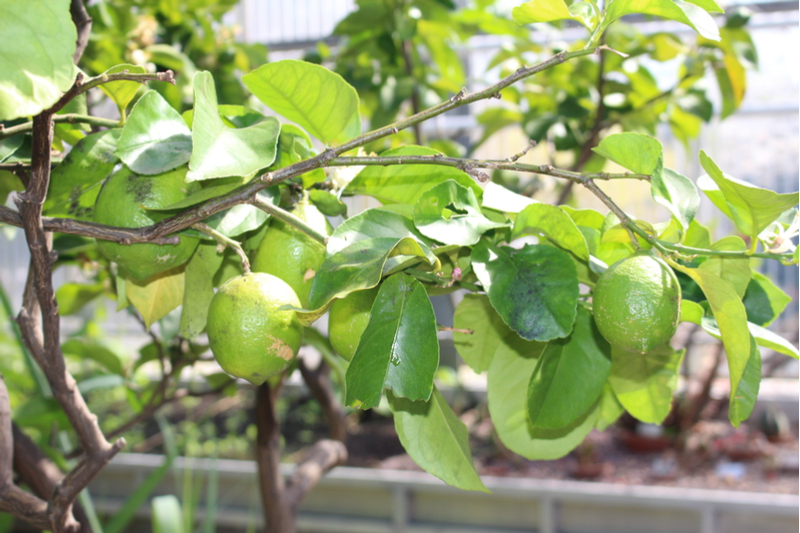
A lemon tree will transform your house into a lively garden filled with the delicate aroma of lemons in its flowering period. Take care of your lemon tree and it will gratefully absorb excess moisture from the air, and its leaves will disinfect the surrounding area. A lemon tree can be especially useful in the season of viral diseases since clean air will reduce the likelihood of getting sick.
5. Bay laurel
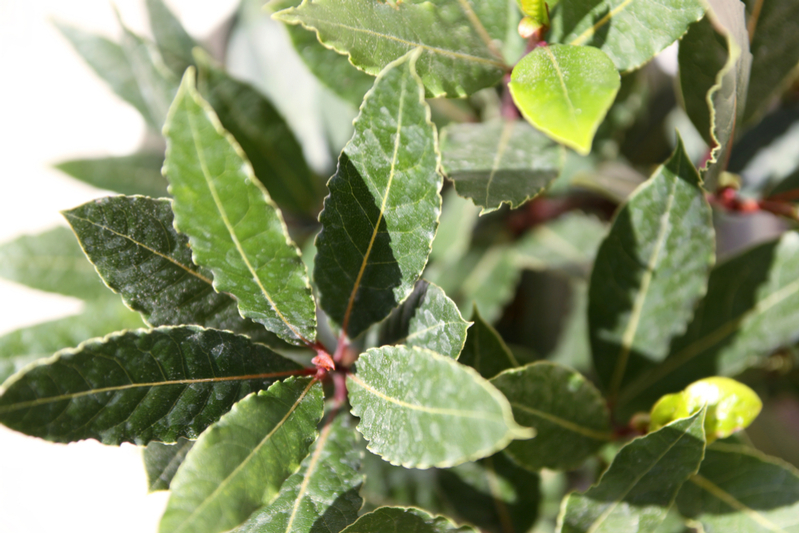
This plant is believed to have been loved and chewed on by herbivorous dinosaurs during their battles against carnivorous dinosaurs. To modern people, bay leaves are better known as a symbol of luck, victory, and glory.
Moreover, the heads of ancient heroes were decorated with laurel wreaths! Dried bay leaves are used as a flavoring seasoning in various dishes thanks to their specific taste. If you do not cut off the leaves and leave them on the tree, they will absorb excess moisture from the air, thus normalizing the micro-climate of the room.
When choosing a houseplant, make sure you consider all its peculiarities. If you choose the right plant and take proper care of it, it will be beautiful to look at and it will improve your overall well-being.
